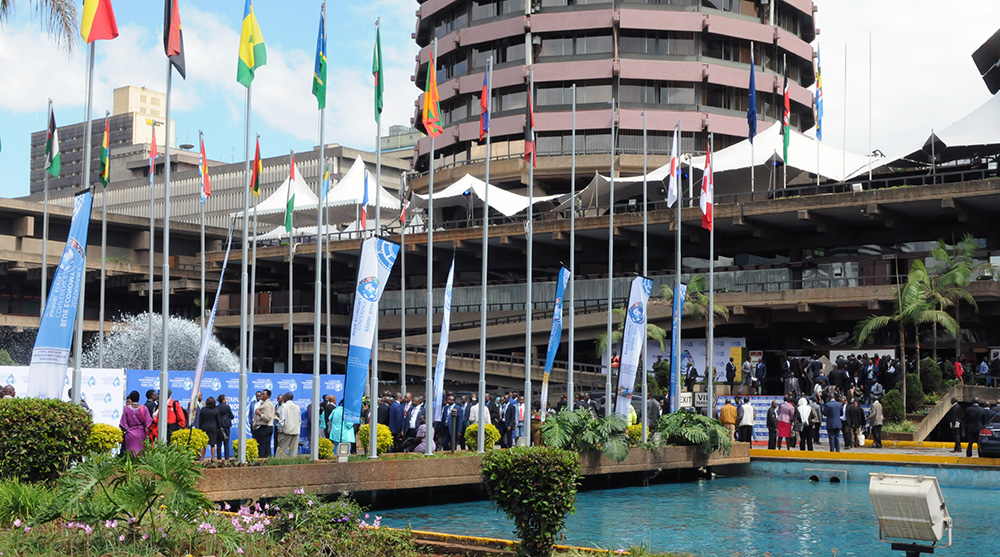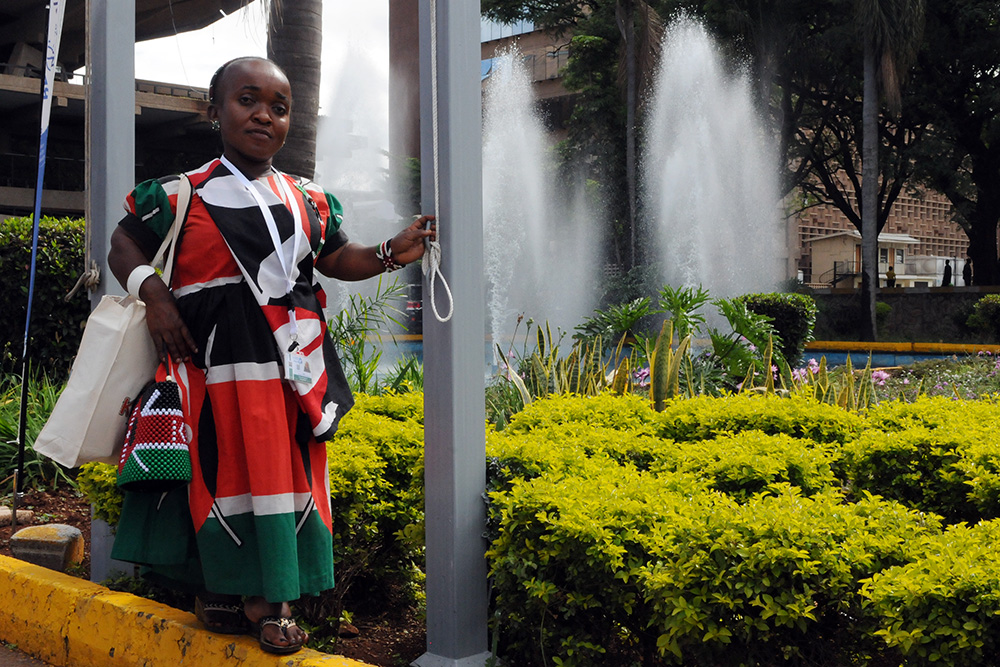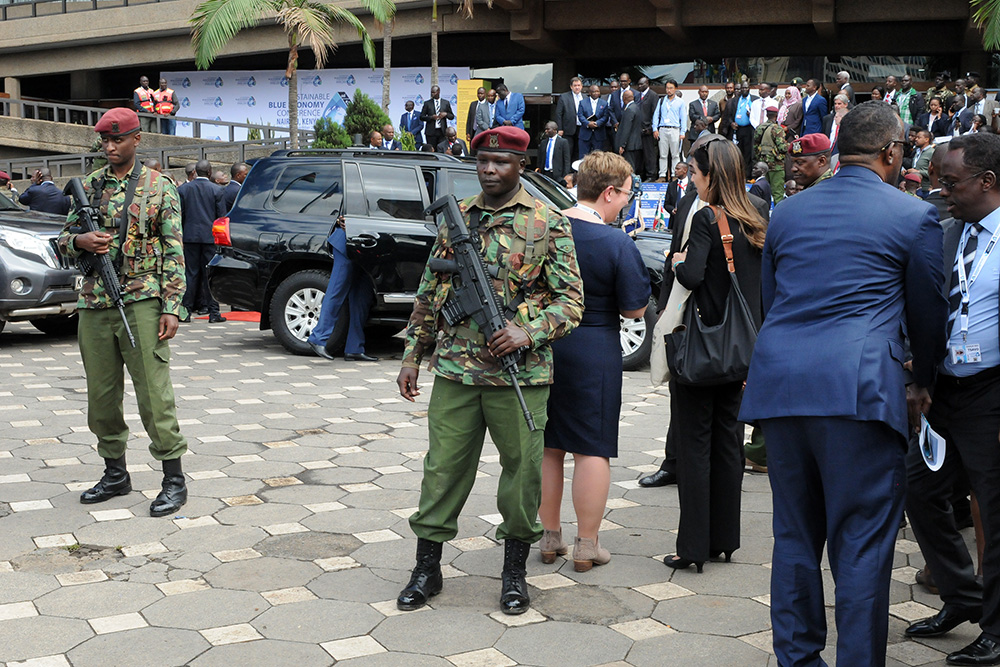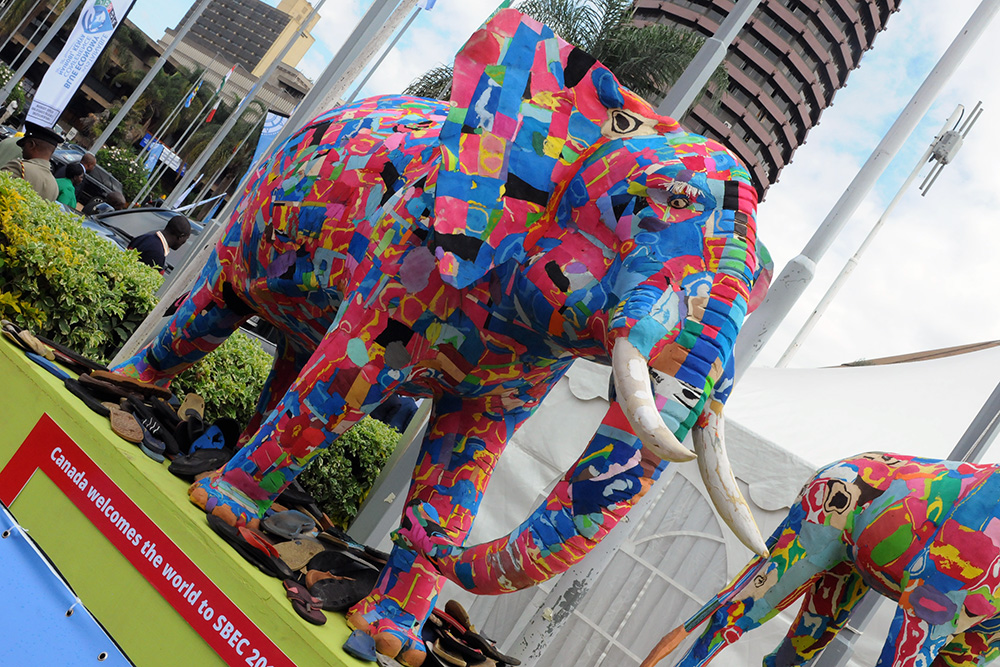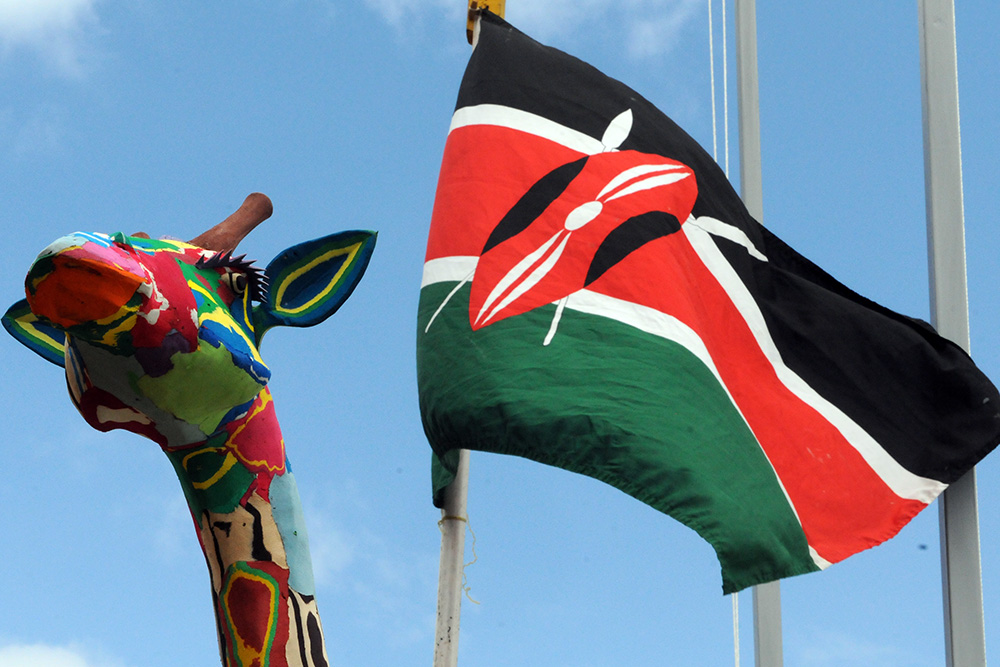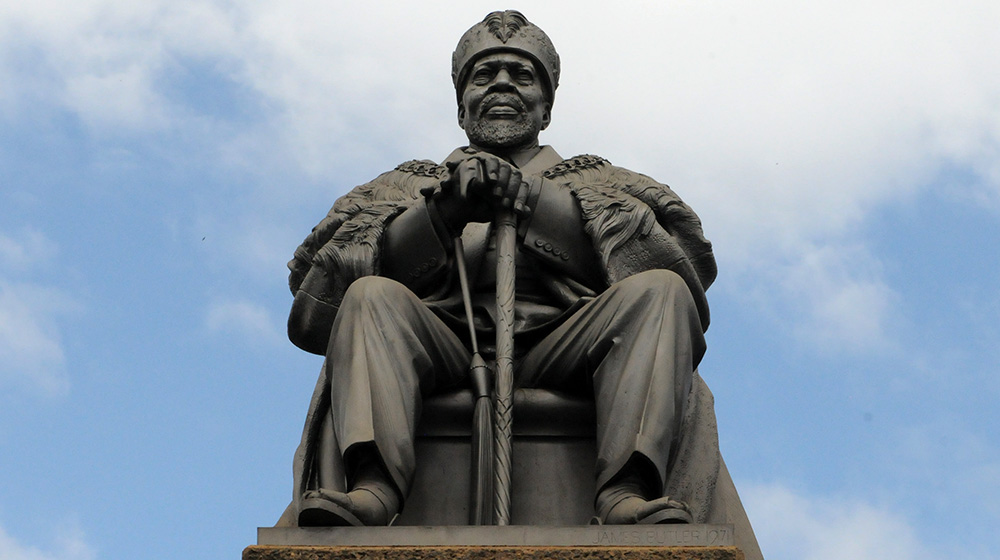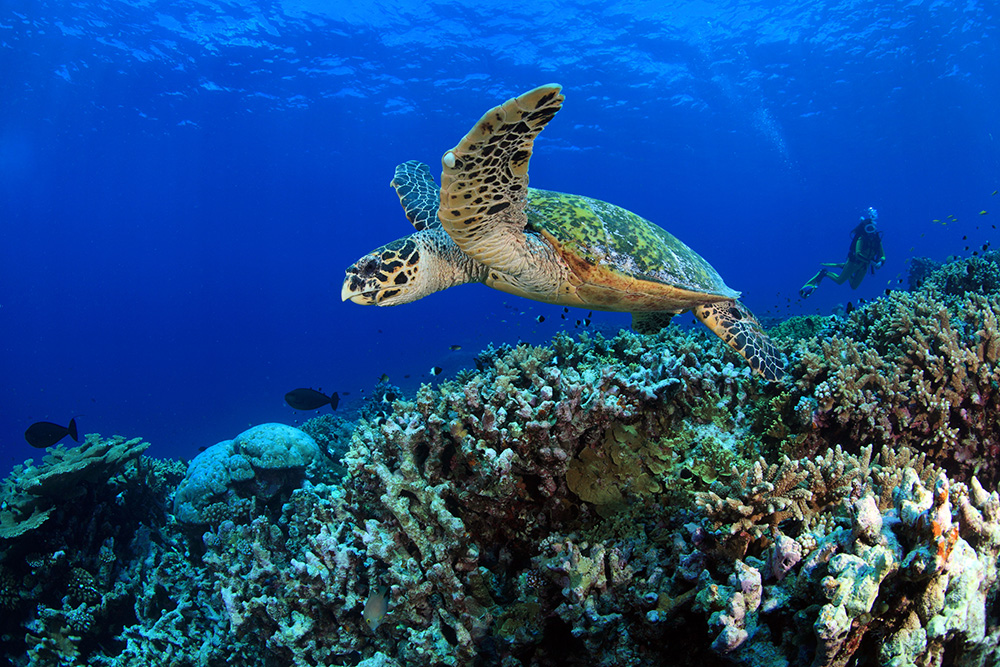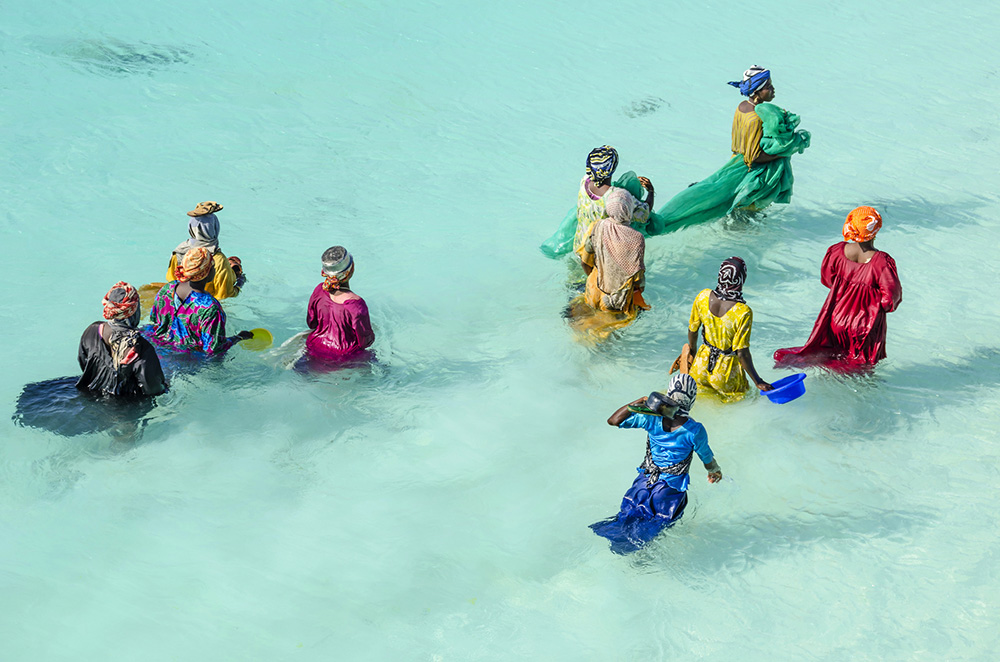Summary

The Sustainable Blue Economy Conference 2018 opened on Monday 26 November in Nairobi, Kenya, as the first global meeting on how to ensure a sustainable blue economy. Over 16,000 participants registered for the event, and Monday saw over 70 countries’ heads of states and governments delivering their commitments to achieve the objectives of: harnessing the potential of oceans, seas, lakes and rivers to improve the lives of all; and leveraging the latest innovations, scientific advances and best practices to build prosperity while conserving the global waters for future generations.The Leaders’ Commitments segment was interspersed with videos about the nine conference themes. On behalf of the host country, President Uhuru Kenyatta, Kenya, pledged that his country would play a leading role in: implementing proper policies and mechanisms to harness the blue economy; managing waste for the sake of food security and biodiversity; enforcing sustainable fishing; and ensuring security and safety in the high seas.During opening remarks, Monica Juma, Cabinet Secretary, Kenyan Ministry of Foreign Affairs, said that oceans, seas, lakes and rivers held natural capital that could be used to accelerate economic growth, create jobs and fight against poverty while addressing environmental degradation. She highlighted the aim of the conference was to identify priorities, opportunities and challenges that would result in a Nairobi Statement of Intent, and invited commitments from different sectors to advance a blue economy.Jonathan Wilkinson, Canadian Minister of Fisheries, Oceans and the Canadian Coast Guard, said that the conference would explore how to build a sustainable blue economy that left no one behind and that achieving a blue economy would require reliance on innovation, science and best practices, and a truly collaborative approach to enhance decision making.Apart from the leaders’ segment, a dialogue took place on the pillars of a blue economy, these being: productivity through accelerated economic growth, job creation and poverty alleviation; and sustainability through addressing climate change, controlling pollution and managing waste, and sustaining marine life.Many side events were held in parallel with the Leaders’ Commitments segment. Among others, the side event on the “Women of the Blue Economy: Lessons from the Field for better Equity and Participation” focused on the challenges for women in the fisheries sector through an interactive conversation among researchers, civil society members and policy makers on gender transformative processes and opportunities in the blue economy in Africa.
IISD Reporting Services, through its ENB+ Meeting Coverage, provided daily web coverage from the Sustainable Blue Economy Conference. In addition, IISD Reporting Services has published a summary report of the Conference in HTML and PDF.
Photos by IISD/ENB | Diego Noguera
For photo reprint permissions, please follow instructions at our Attribution Regulations for Meeting Photo Usage Page
Leaders’ Commitment Segment
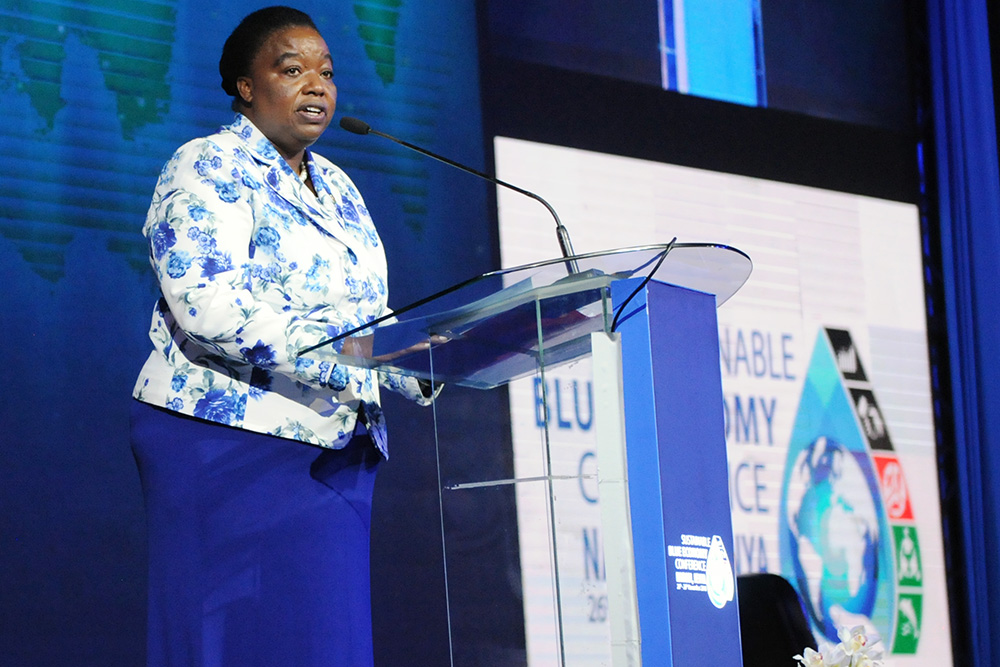
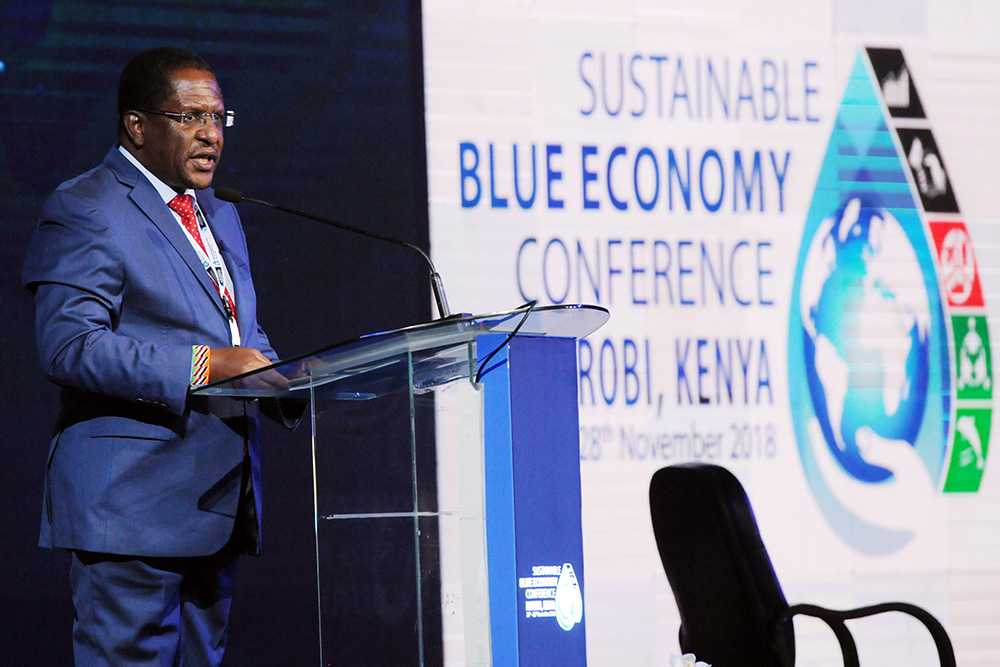
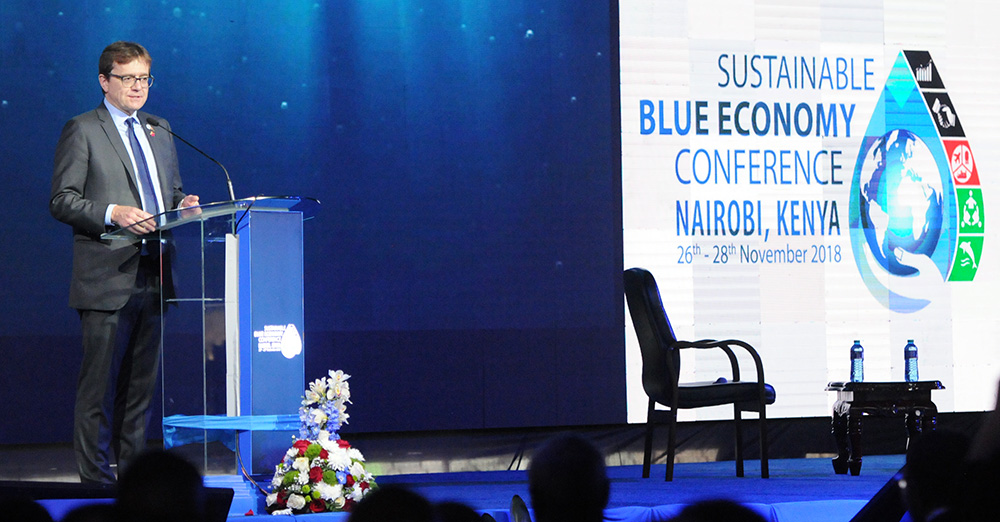
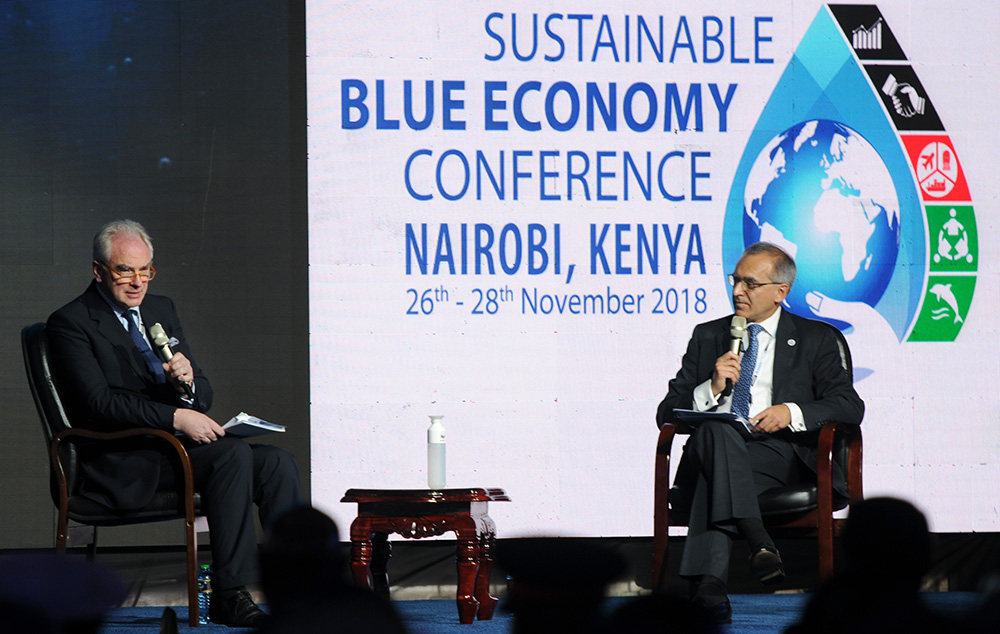
Resources, and Sustainable Ocean Initiatives, World Resources Institute (WRI), and Pavan Sukhdev, President, World Wide Fund for Nature (WWF International)
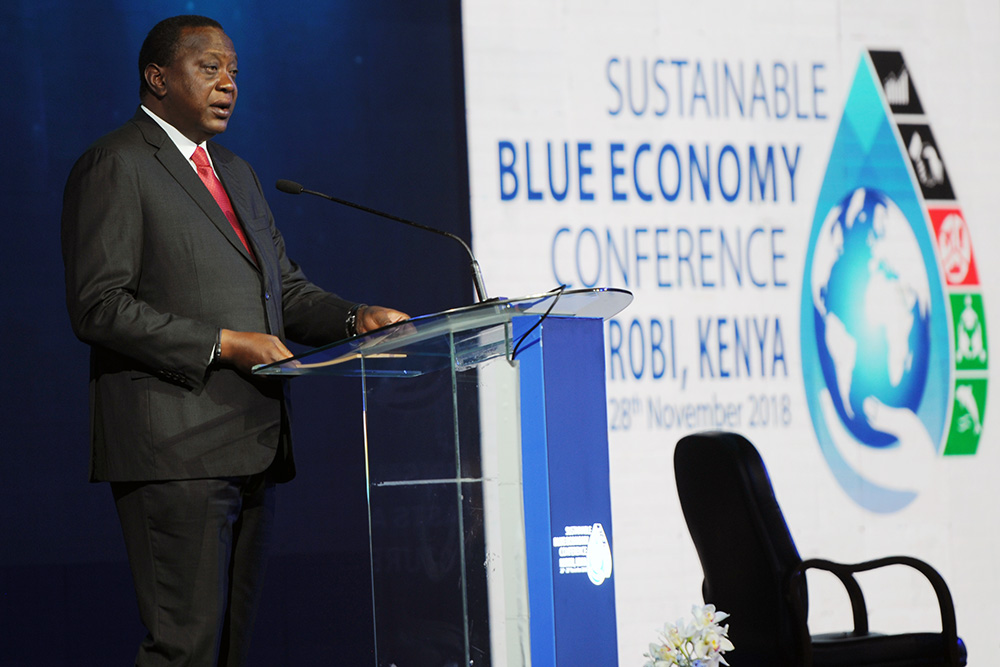

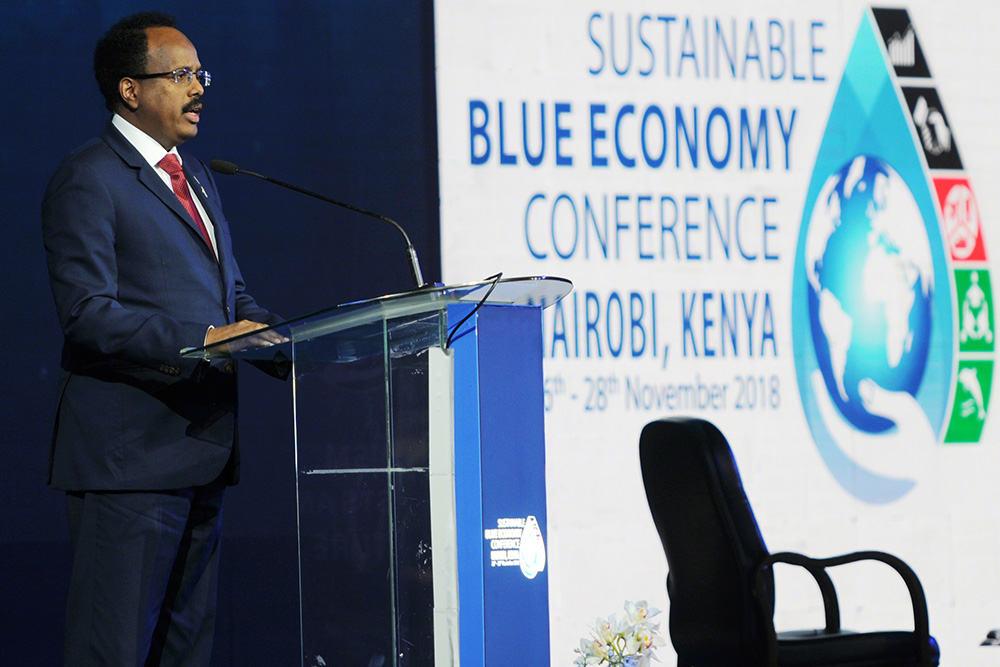
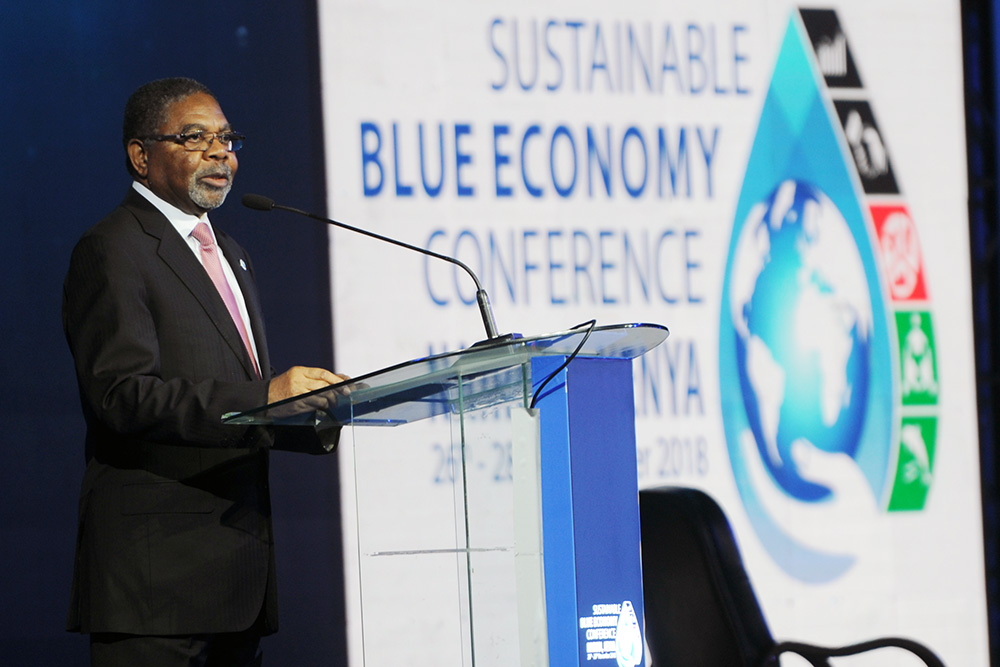
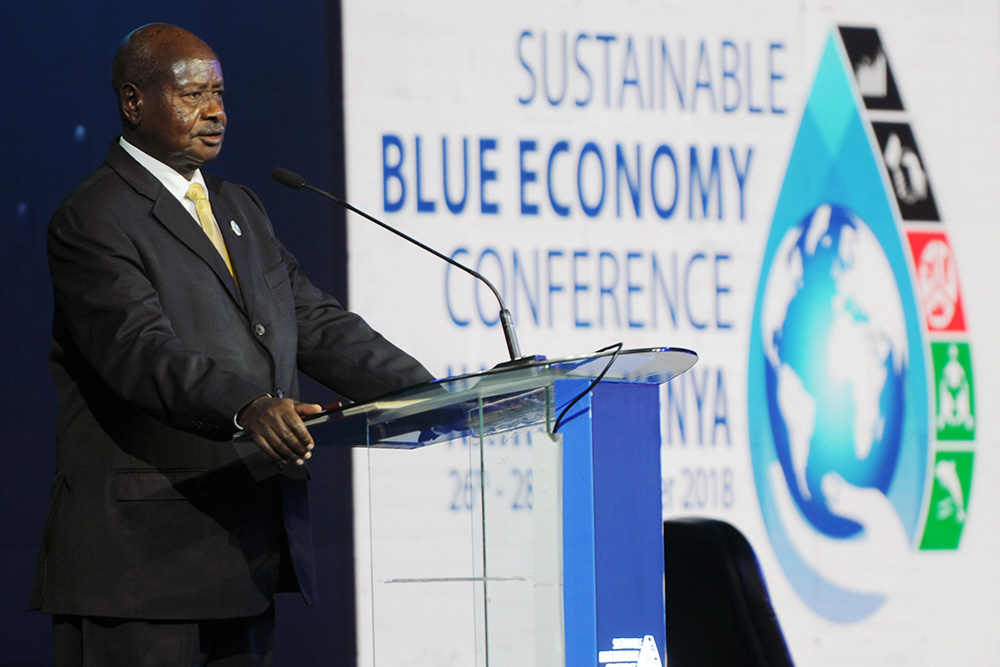
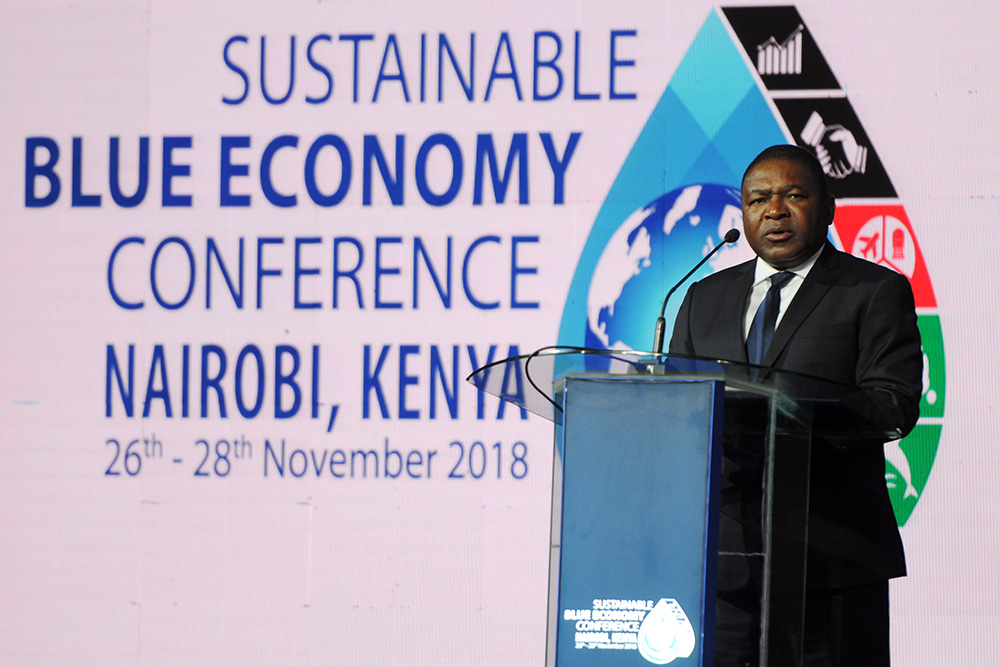
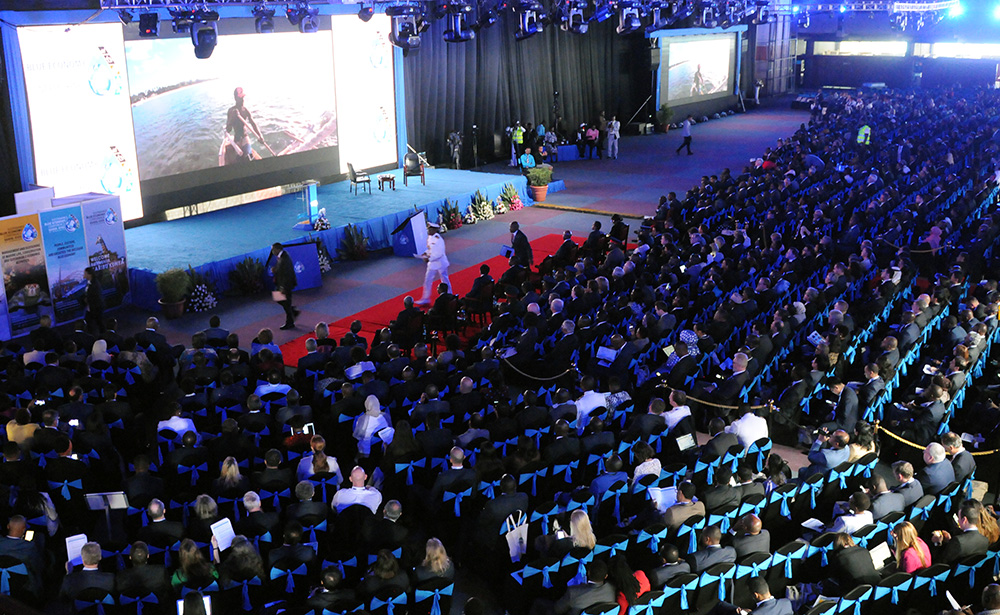
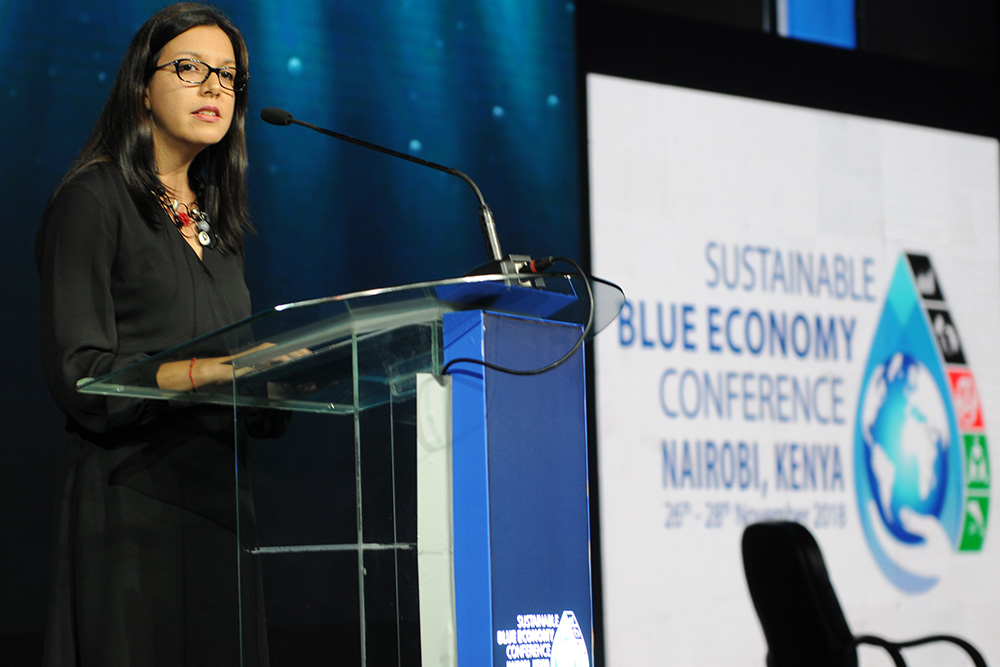
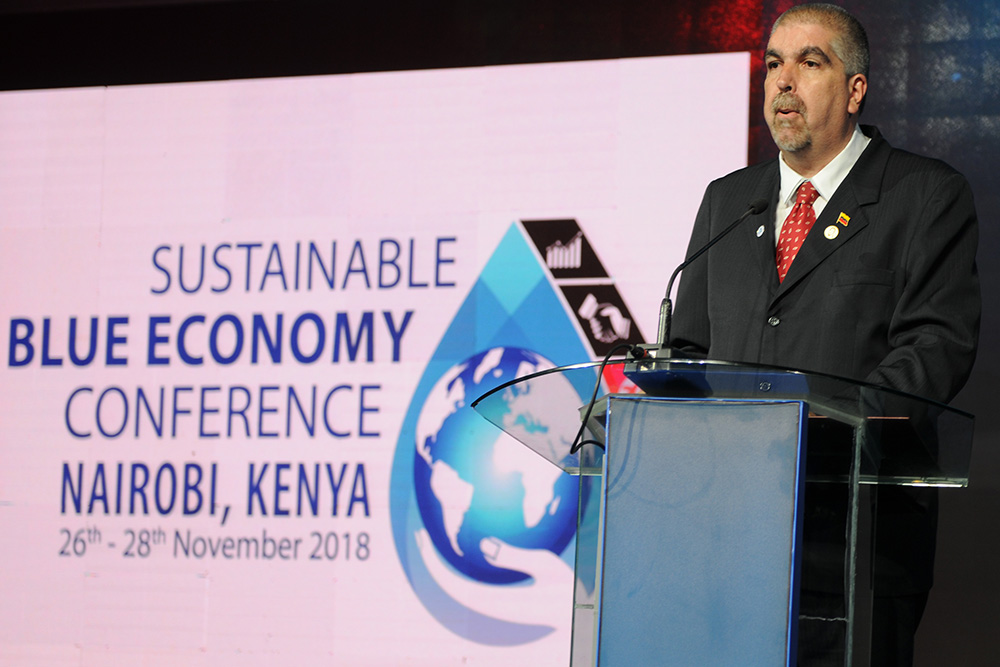
Women of the Blue Economy: Lessons from the Field for Better Equity and Participation
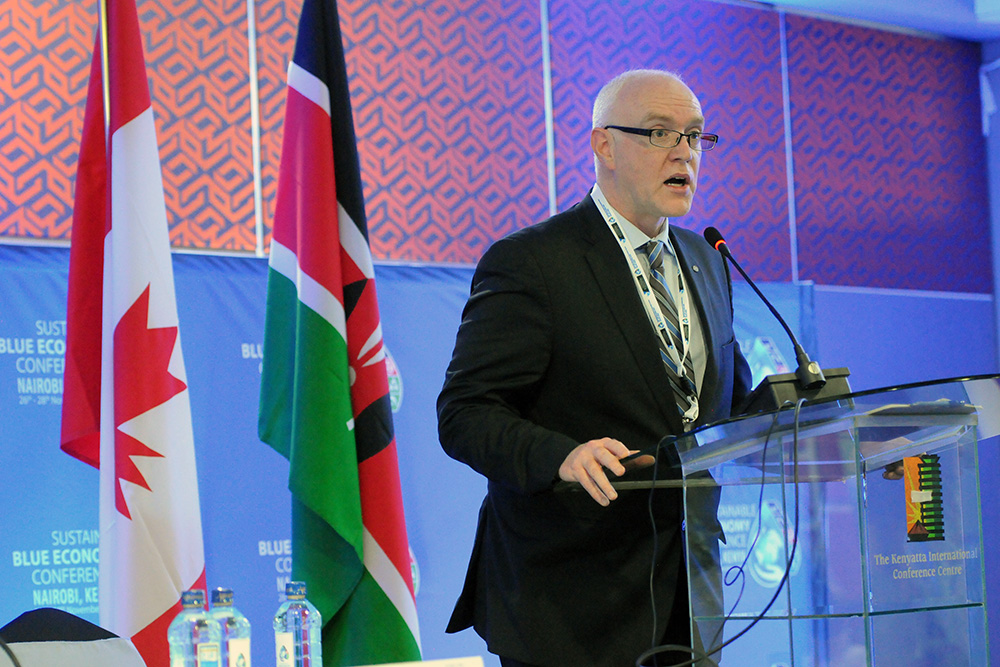
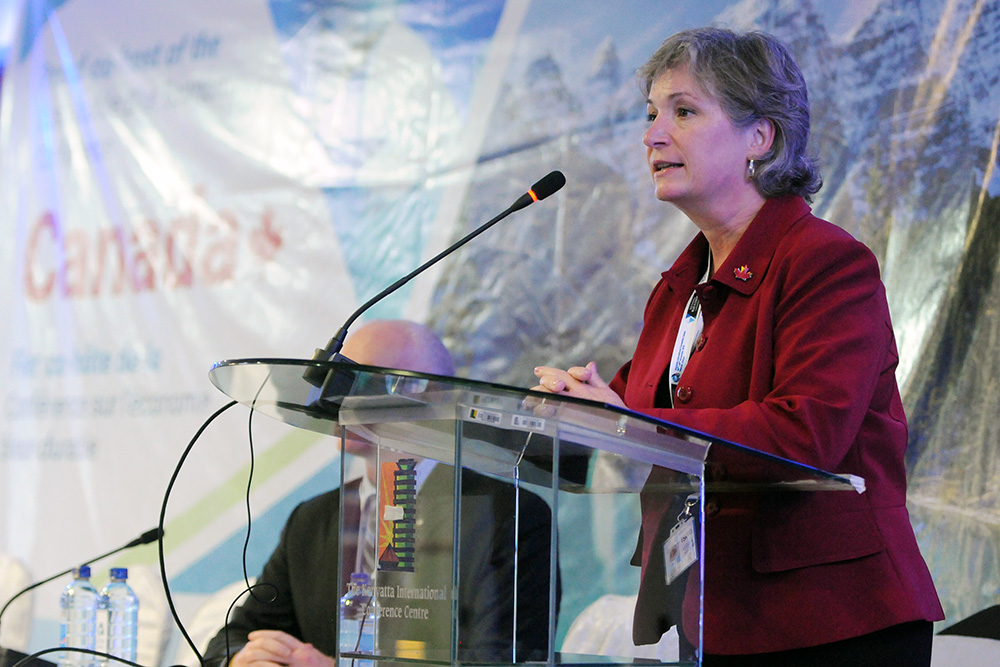
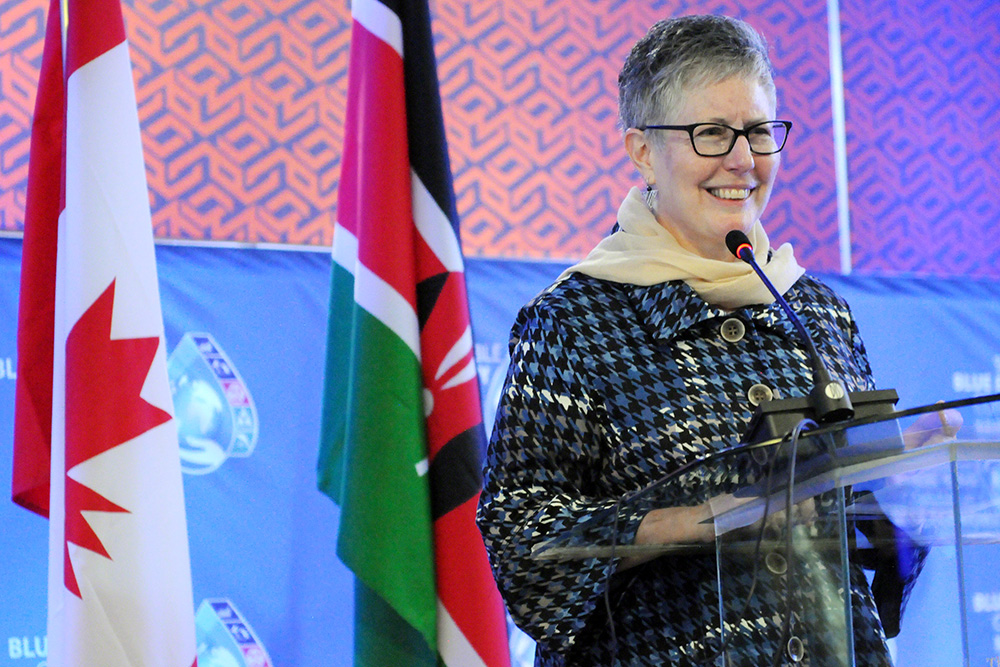
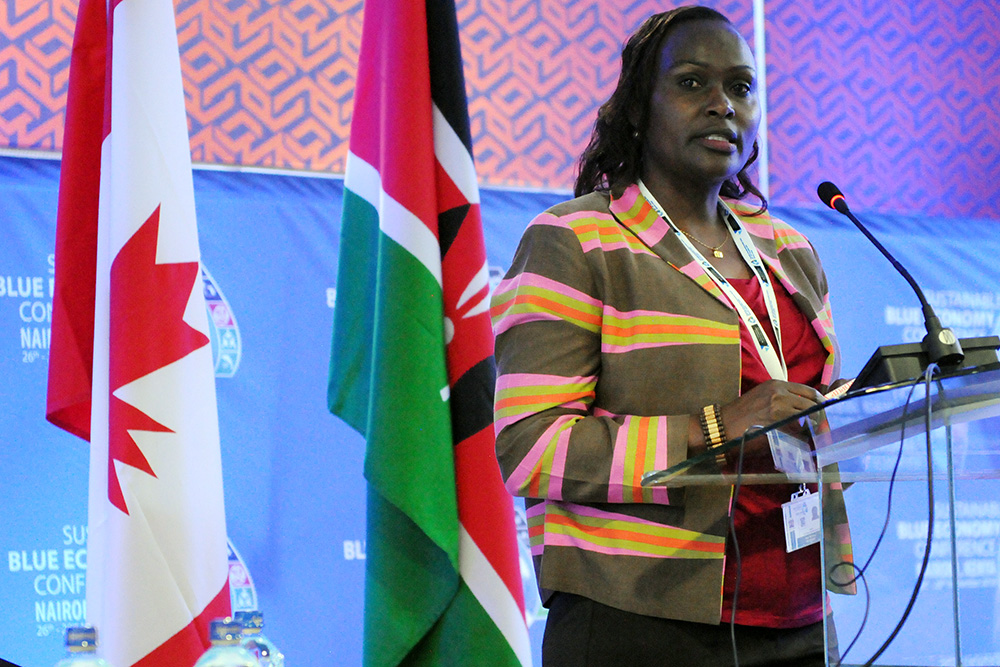
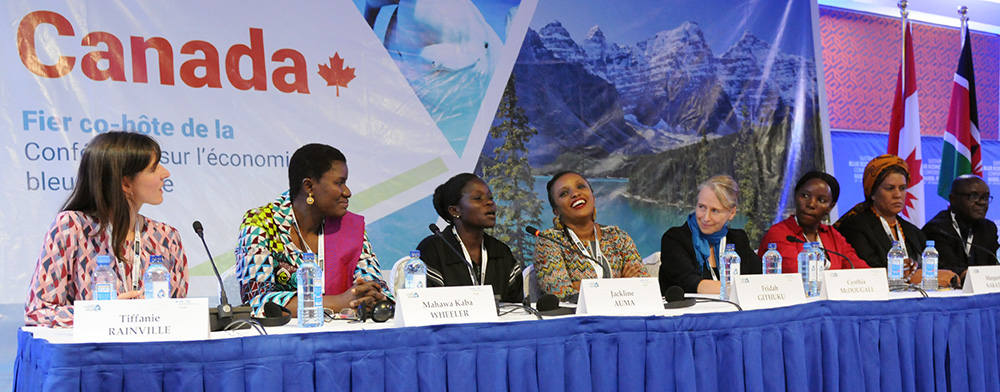

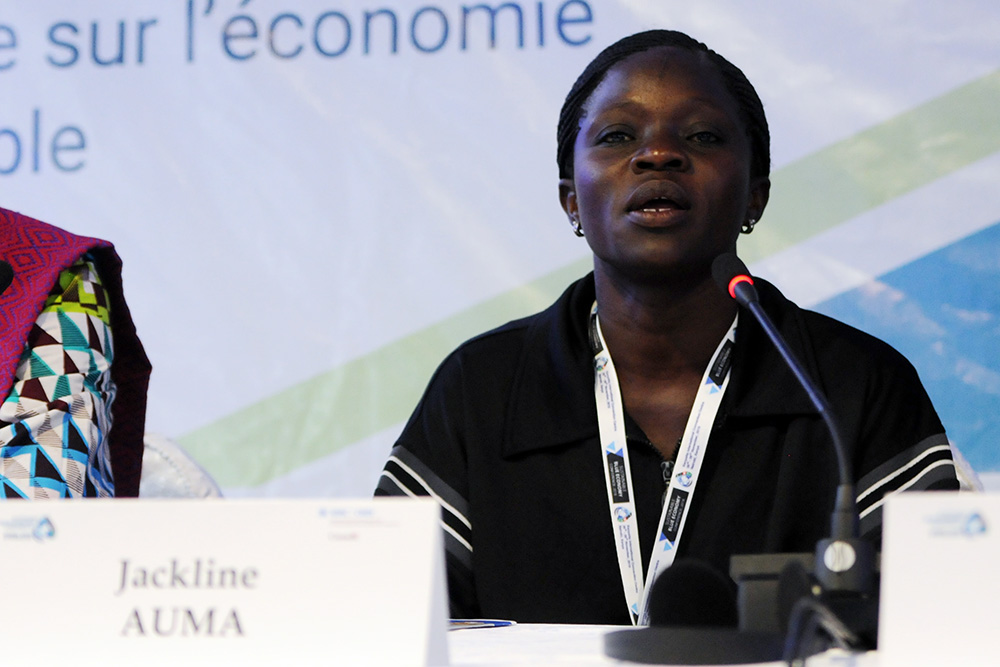
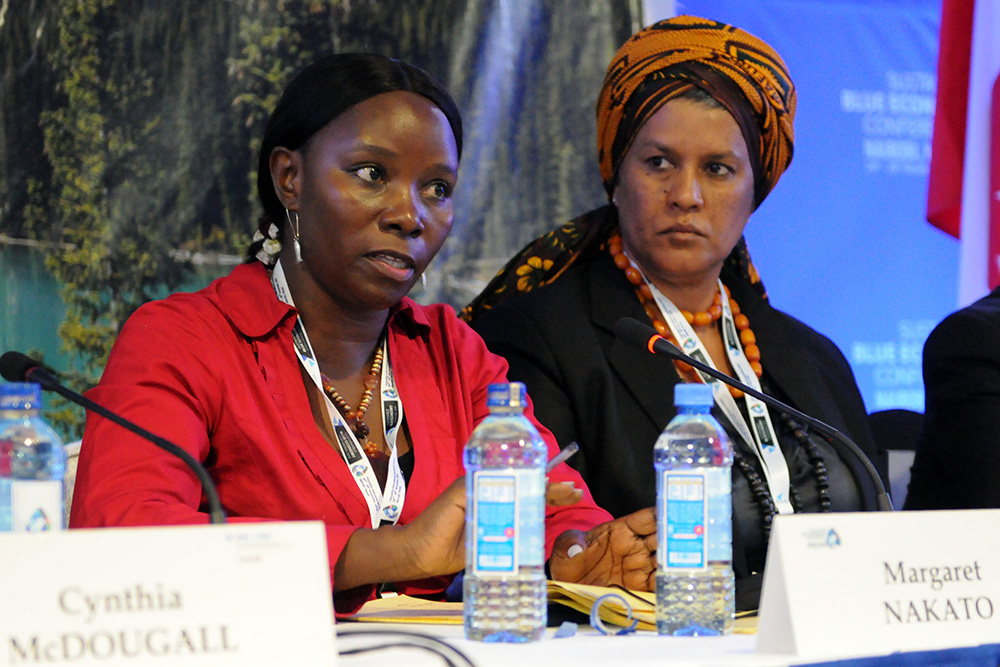

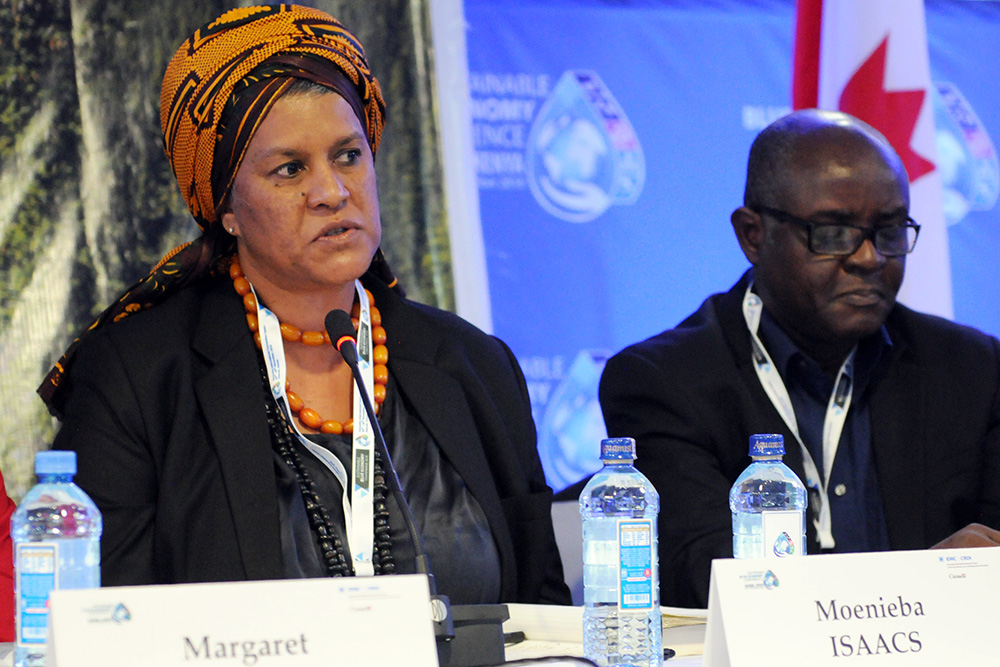
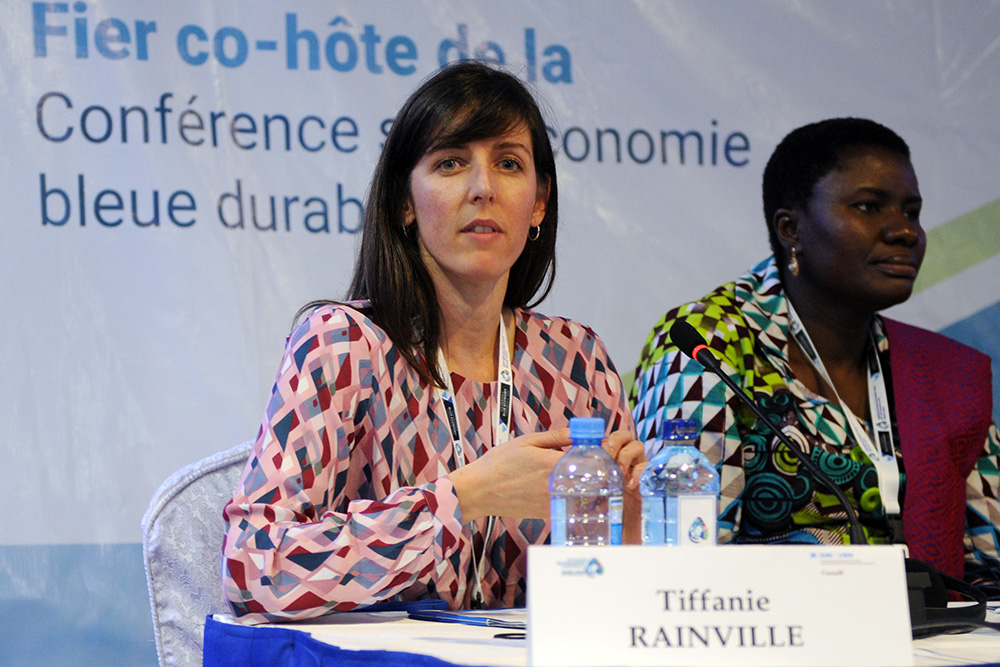
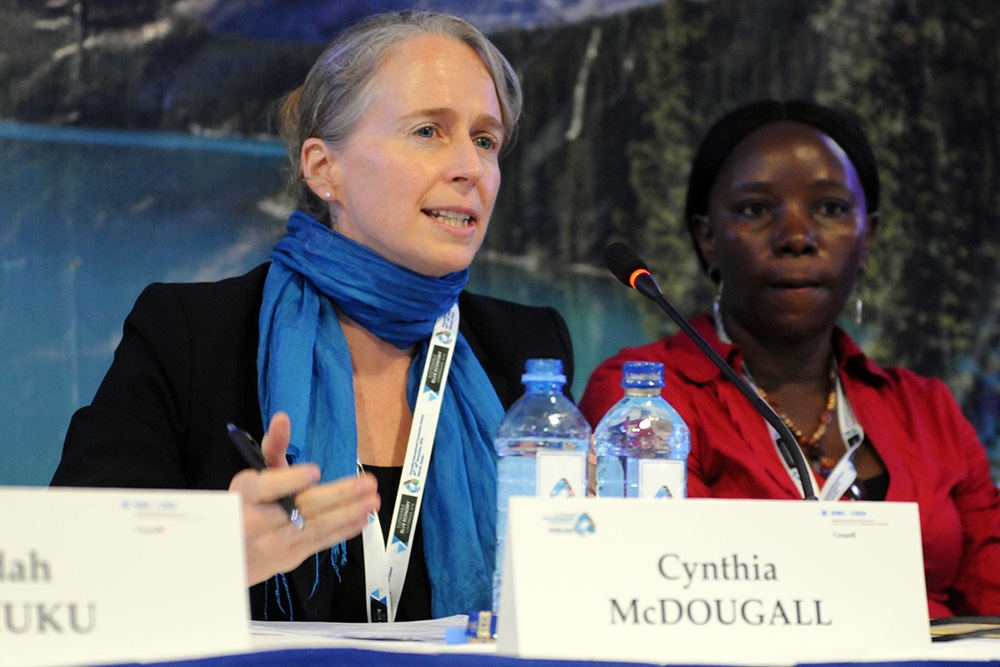
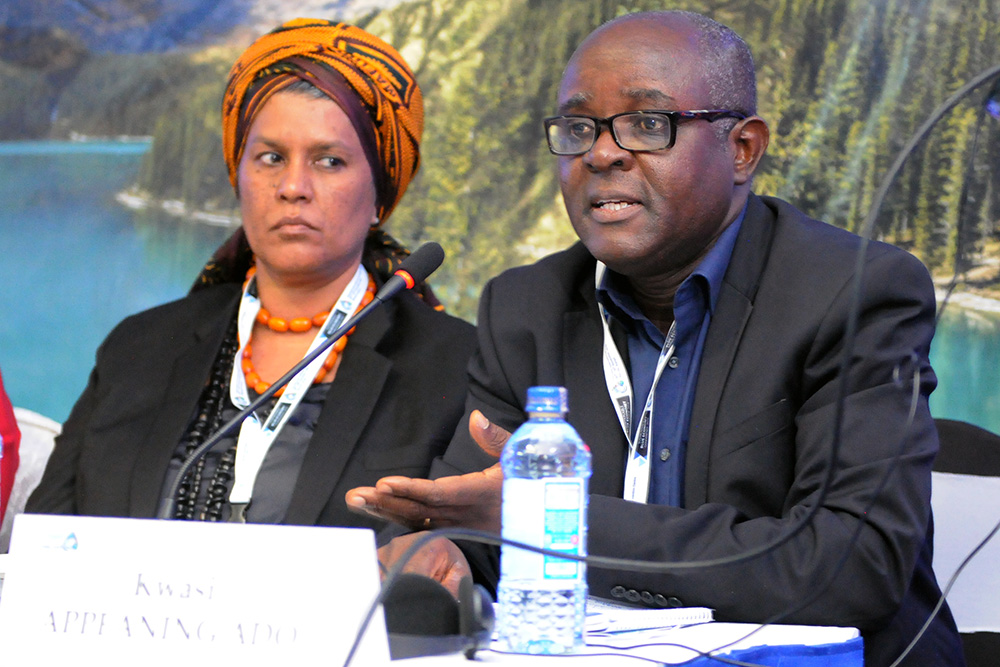
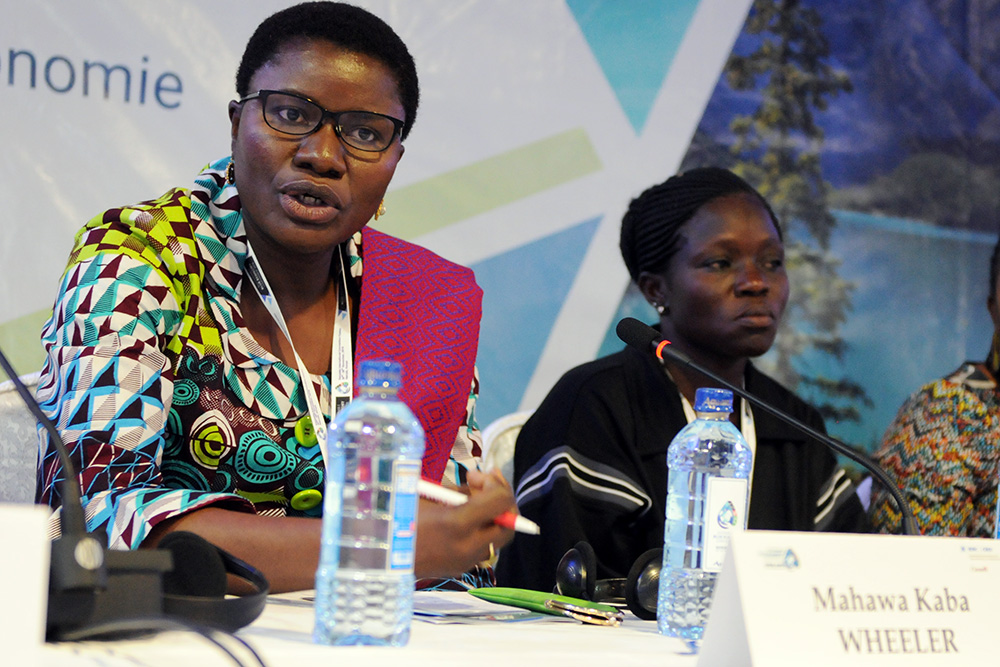
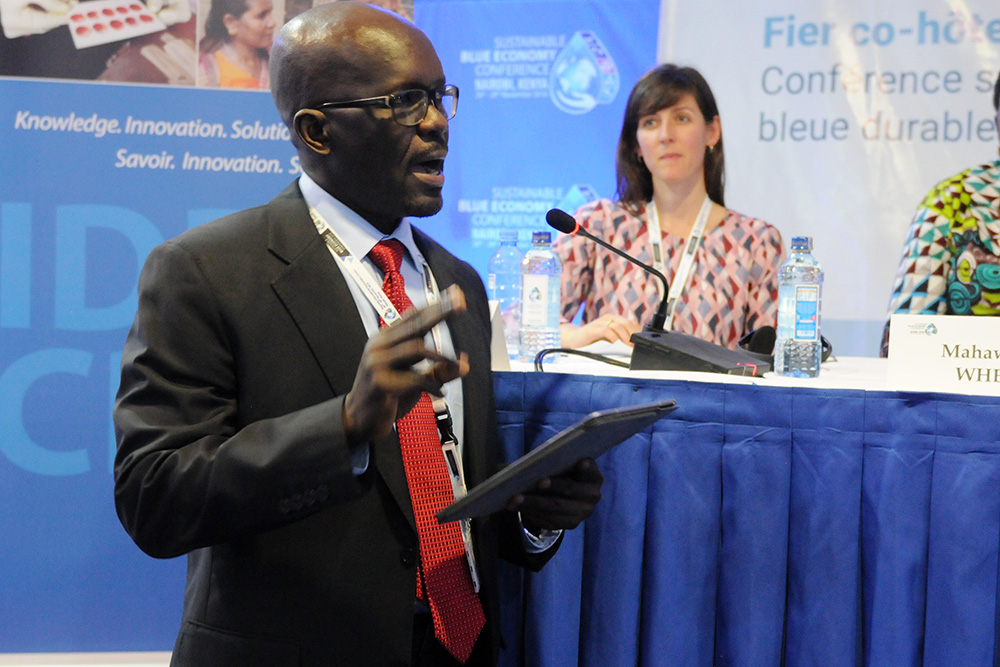
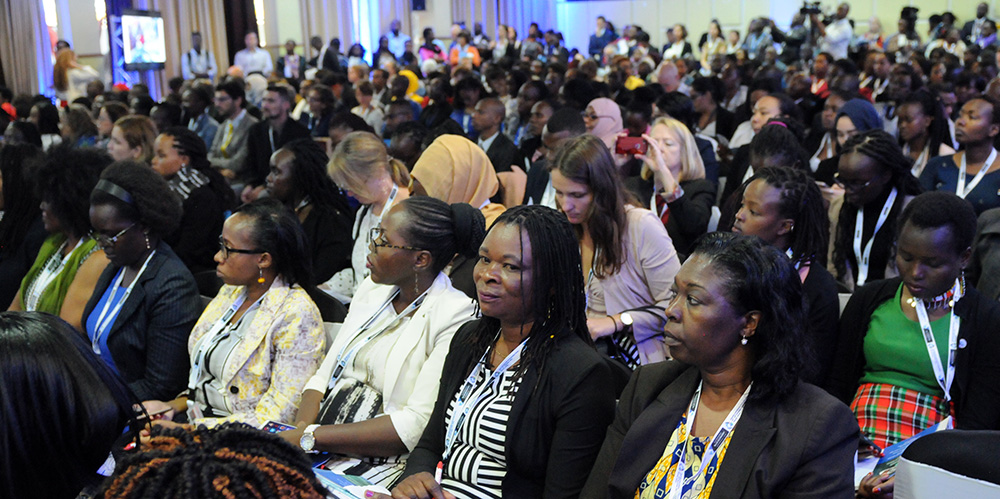
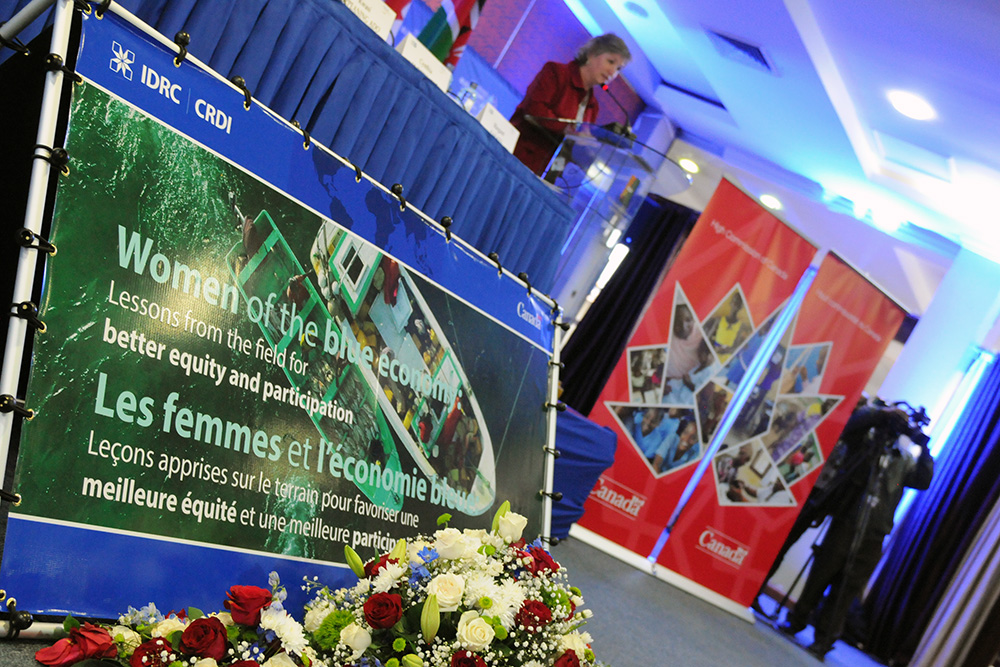
Around the Venue
